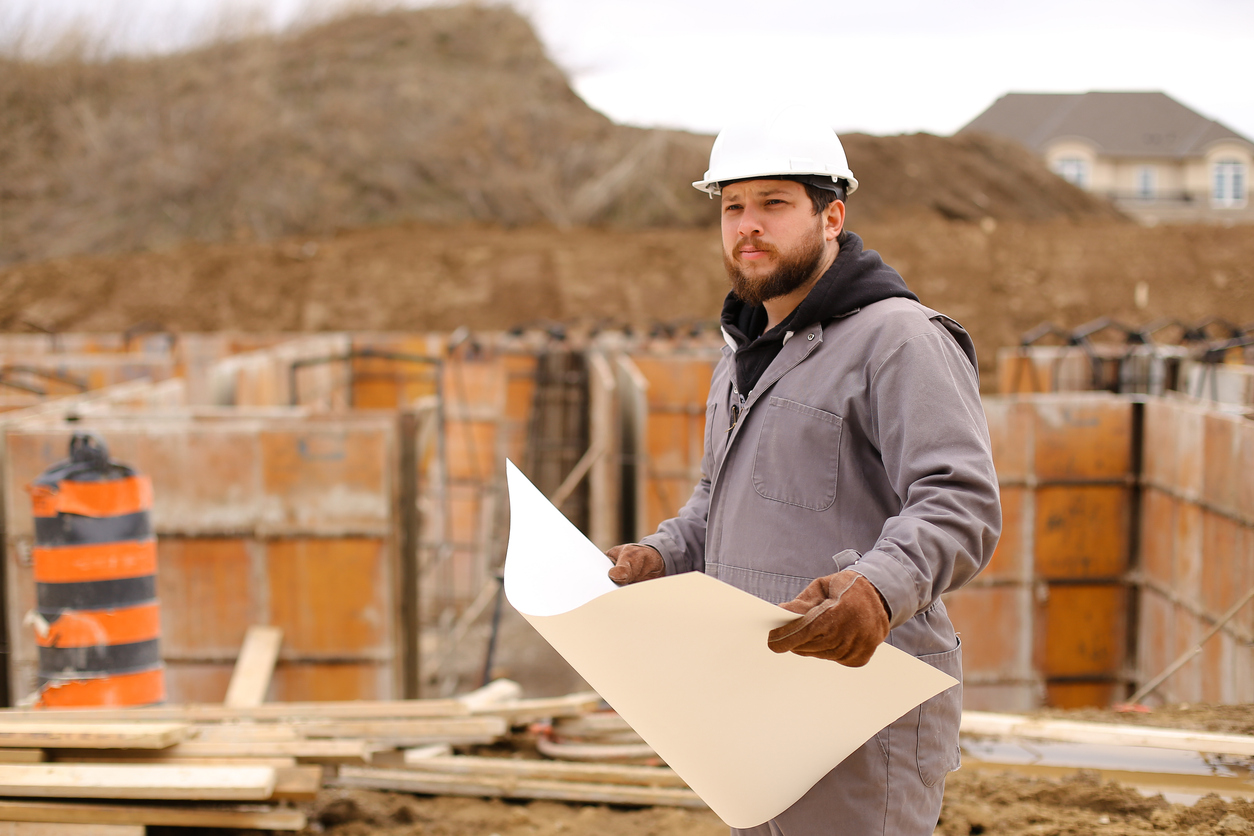Over recent decades, natural disasters have increased in frequency and severity, leaving behind severe property damage. Most recently, Hurricane Helene, which brought a path of devastation to several states in the Southeast, is preliminarily projected to have caused property damage in the range of $15 billion to $26 billion, according to Moody’s Analytics, and another $5 billion to $8 billion in economic disruption and lost output. Insured losses are estimated at $6.4 billion, according to catastrophe modeler Karen Clark & Co., although this number keeps rising as damage assessment is realized.
Hurricane Francine, which made landfall in Louisiana, is estimated to have caused $1.5 billion in insured losses.
According to Swiss Re, global losses from severe convective storms (SCS) reached $60 billion in the first half of 2024, of which about $50 billion was insured. Severe thunderstorms, mainly in the U.S., accounted for 70% of global insured losses. Twelve storms in the U.S. each caused losses of $1 billion or more, demonstrating the loss potential of this peril, according to the Swiss Re report. Furthermore, insured losses from SCS in the U.S. have increased by around 8% in nominal terms annually since 2008.
In recent years, changing climate patterns have contributed to the frequency and severity of losses, while population growth and rising property values in exposed regions have driven up the cost of losses. It’s increasingly crucial that commercial properties safeguard against natural disasters.
The Role of Building Codes
With the rise in severe weather, adhering to strong building codes has become critical for protecting commercial properties. Building codes are designed to ensure structures are safe and resilient against regional hazards like hurricanes. For example, properties in hurricane-prone zones must have robust structural reinforcements.
Most modern building codes are derived from the International Codes (I-Codes) developed by the International Code Council (ICC), which promotes safe, sustainable, and resilient construction practices. Implementing these codes can significantly reduce losses during disasters. A recent Federal Emergency Management Agency (FEMA) study found that modern, hazard-resistant codes have saved states like Florida and California up to $1 billion annually in avoided property damage. On a national scale, adhering to modern codes could prevent an estimated $484 million in flood damage and over $1 billion in hurricane-related wind damage yearly.
Economic Benefits of Building Codes
According to FEMA’s research, every dollar spent on constructing buildings in compliance with modern codes can save $11 in disaster recovery costs. By 2040, it’s projected that over $132 billion in property losses could be avoided through updated building standards.
Building Code Challenges
Despite the clear benefits, many U.S. states and municipalities lag in adopting modern building codes. FEMA estimates that nearly 65% of counties, cities, and towns have yet to adopt current codes, leaving buildings more vulnerable to damage. This lack of adoption is especially concerning in disaster-prone areas. One reason for slow adoption is financial. Many municipalities may not fully understand the long-term cost savings of modern building codes and hesitate to implement them due to initial expenses.
Looking Ahead
For commercial property owners, protecting buildings from the increasing frequency of natural disasters means more than relying on outdated local building codes. Property owners in high-risk areas must consider adopting International Codes (I-Codes) and additional safety measures, even if not required. Partnering with experienced contractors and advocating for more robust building code adoption in local areas can go a long way in minimizing potential damage from extreme weather.
About Seneca Insurance Companies
Seneca Insurance Companies are known for having a broad appetite for writing property risks. We offer admitted and non-admitted ISO-based policies, with catastrophe perils based on location and risk characteristics. We also provide Builder’s Risk solutions for property under construction.
